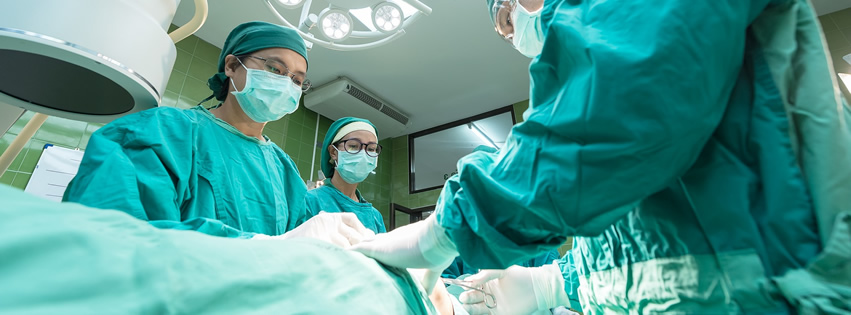March is Endometriosis Awareness Month. We want to help our patients and others learn more about this very common infertility diagnosis.
Endometriosis is a complex disease process that commonly results in pelvic pain and infertility. It most likely starts with normal menstrual flow that spills back through the tubes and into the pelvis. This tissue then adheres to the pelvic walls and floor, depending on the interplay of the woman’s immune system and inflammatory response.
The tissue responds to the woman’s hormones, growing and spreading on the pelvic surfaces including the ovaries and tubes. This leads to a cycle of growth and inflammation and results in endometriosis symptoms such as painful menses, pain with intercourse, generalized pelvic discomfort, chronic pain, pelvic scar tissue and infertility.
Alternatively, there may be no symptoms at all. While there are no identifiable markers that would make the diagnosis detectable by a blood test, there are promising developments are on the horizon that are attempting to interrupt the complex pathways in its development.
 Presently the only way to accurately diagnose endometriosis is through direct visualization by laparoscopy. Then the doctor can perform surgery to remove or destroy as much of the disease as possible, including cysts of endometriosis within the ovary.
Presently the only way to accurately diagnose endometriosis is through direct visualization by laparoscopy. Then the doctor can perform surgery to remove or destroy as much of the disease as possible, including cysts of endometriosis within the ovary.
Ultrasound visualization of the “chocolate cyst” is the most practical means of detection, and is often associated with more advanced disease. This will help the doctor determine the best treatment approach, which can include prescribing medications such as progestins ( synthetic progesterone- like hormones) and leuprolide acetate ( monthly injection), both alone or in combination with surgery. Laparoscopic removal may be performed by different methods, including CO2 laser, which is the method I prefer because is causes minimal effects on the surrounding normal tissue.
Each woman’s clinical situation must be evaluated by her symptoms and treatment goals in order to guide her individualized therapy. Another important point for women wishing to conceive is their ovarian reserve, determined by their hormone levels (AMH, and cycle day 2-3 FSH,luteinizing hormone and estradiol), as well as the antral follicle count (the number of tiny egg carrying cysts in the ovaries) visualized by transvaginal ultrasound. These factors may help the woman and her physician decide the best treatment approach, as surgery could decrease the ovarian reserve, depending on the severity of the disease. A woman may wish to attempt more advanced fertility therapy, freeze her eggs, or embryos through in vitro fertilization before directed endometriosis treatment.
